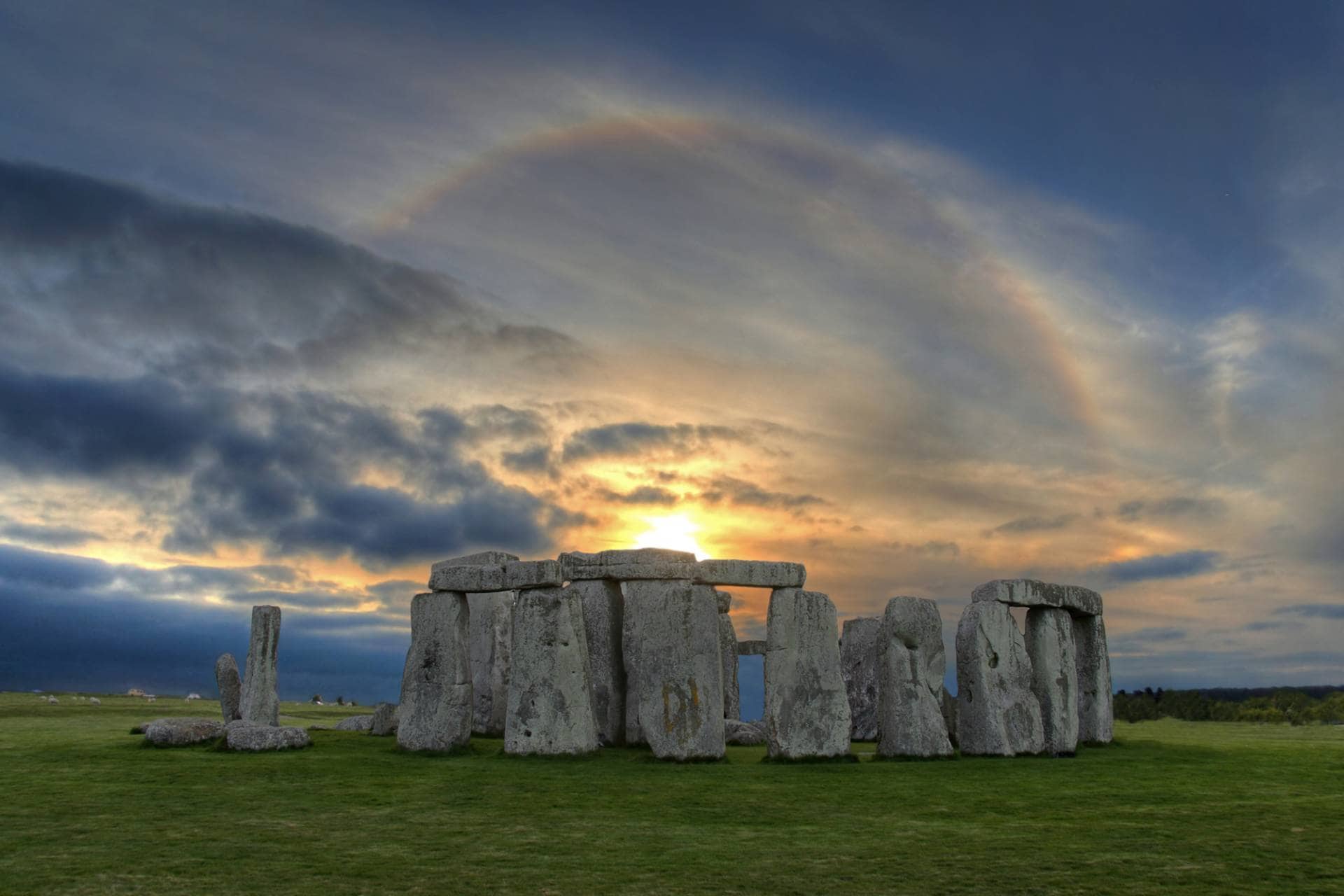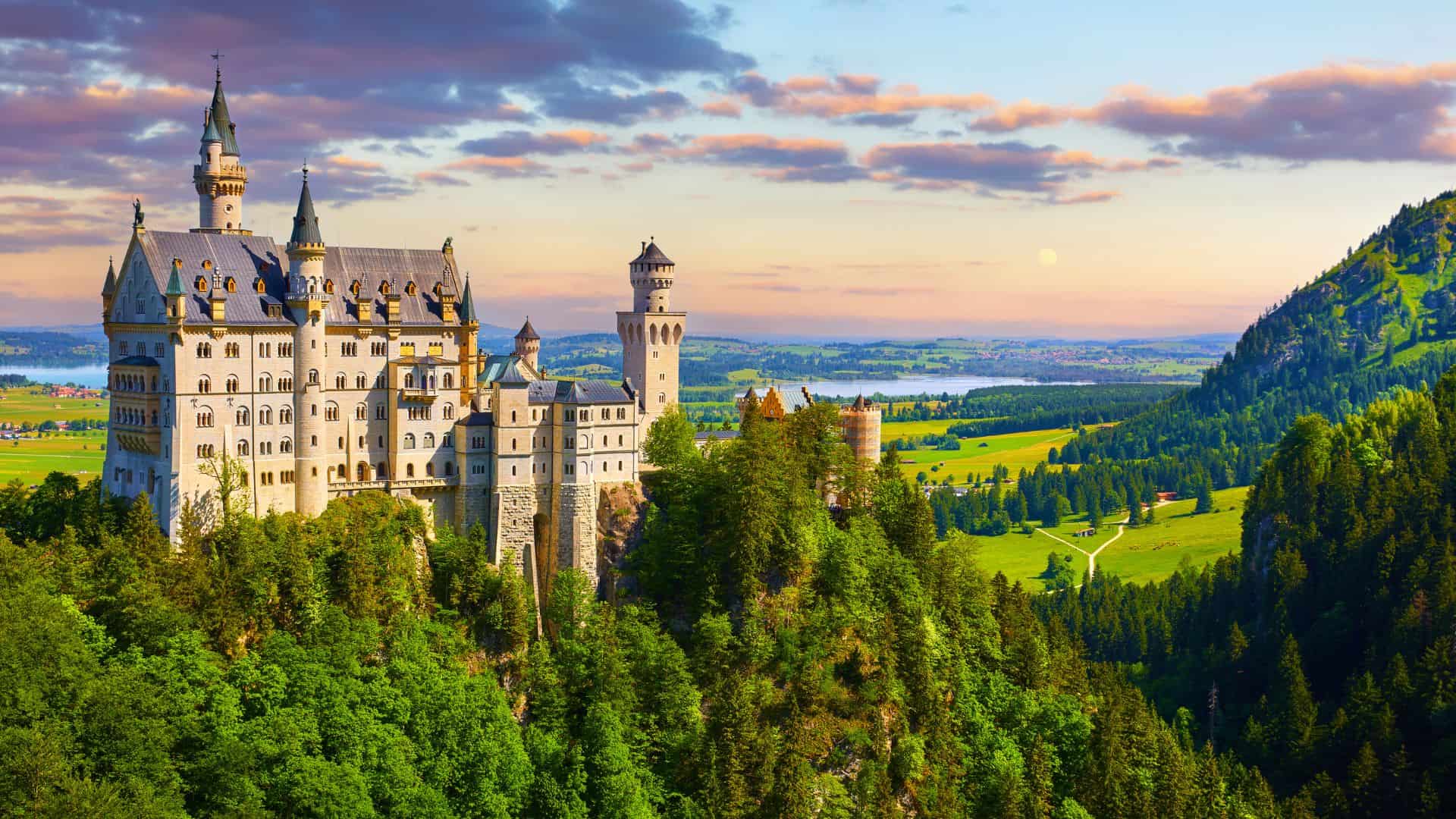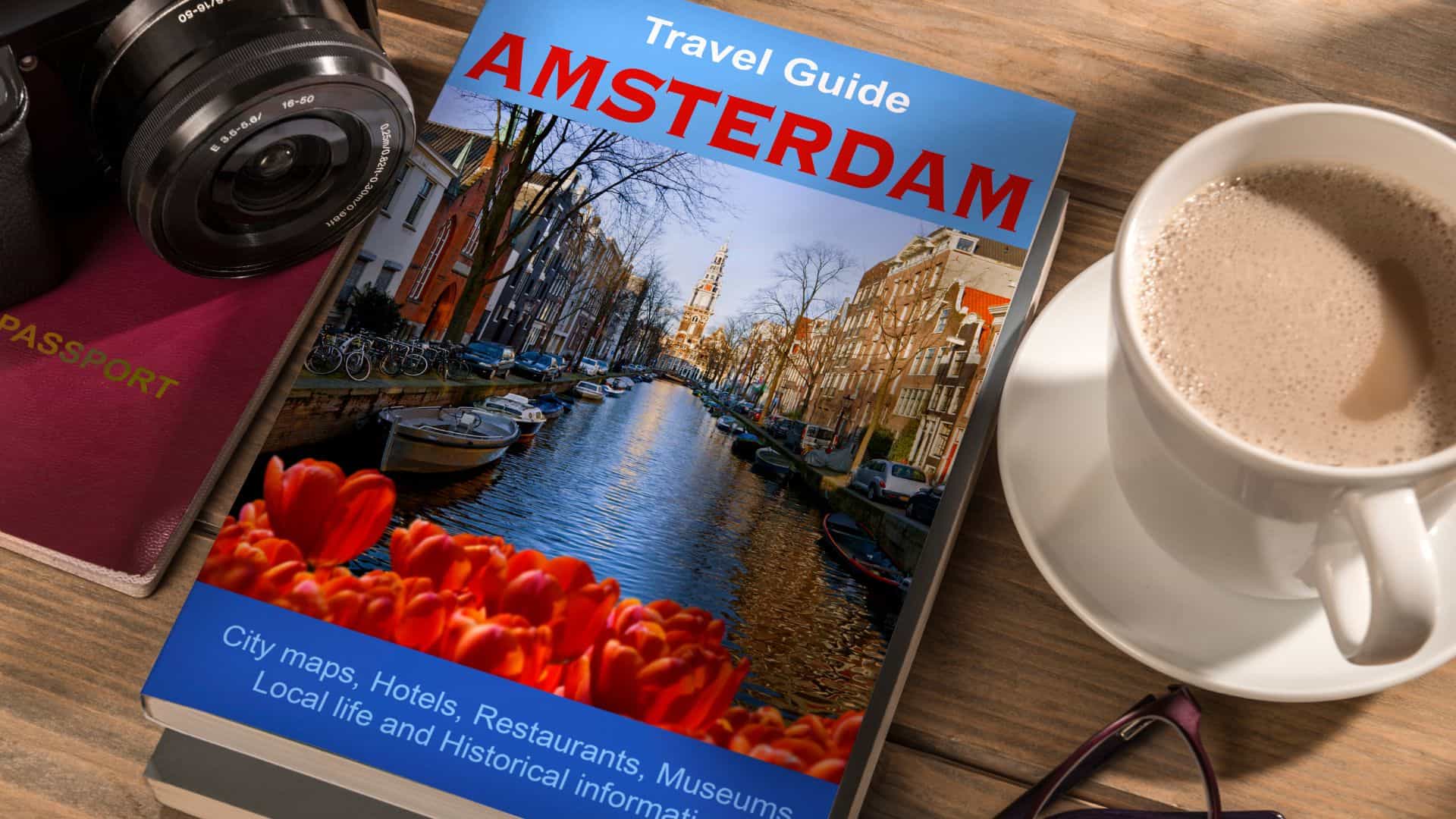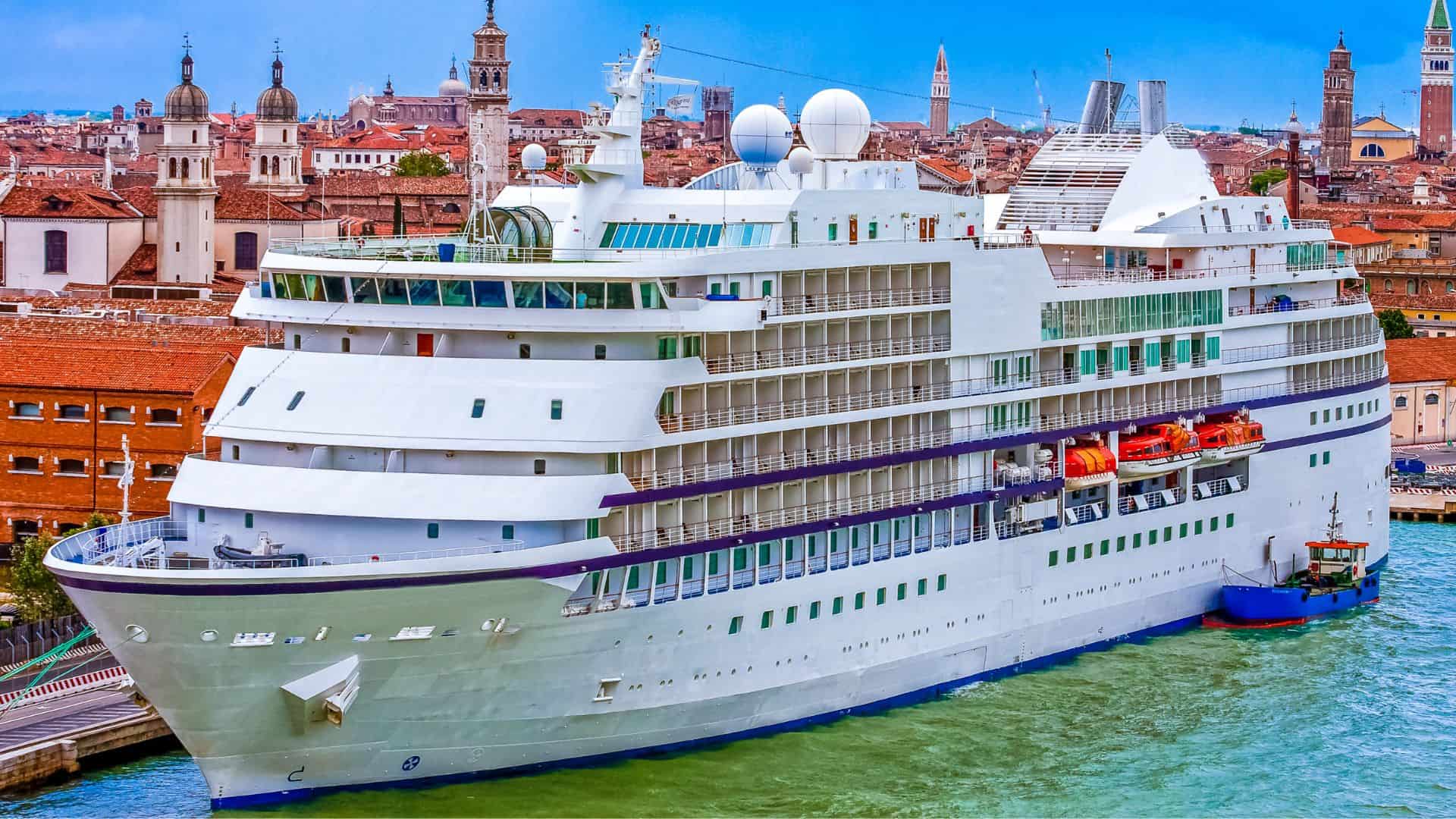
Archaeological sites: Acropolis of Athens, Stonehenge, etc...
Embark on a whimsical journey through the archaeological wonders of Europe, where time-traveling seems almost plausible. First stop: Italy's dynamic duo, Pompeii and Herculaneum, frozen in volcanic ash like a snapshot from a celestial photobooth. These Roman towns, victims of Mount Vesuvius' grand tantrum in 79 AD, make antiquity look like a blockbuster movie set.
Now, strap on your imaginary explorer's hat and teleport to the United Kingdom, where Stonehenge stands like a rockstar on Salisbury Plain. Constructed around 2500 BC, this prehistoric puzzle of colossal stones has archaeologists scratching their heads and tourists striking their best "ancient alien theorist" poses.
Turkey beckons with the captivating ruins of Ephesus, a city that once hosted both Greeks and Romans, like the hippest Airbnb of the ancient world. Staying in the Aegean, hop over to Crete, where the enigmatic Knossos boasts a labyrinthine layout that even Minotaurs would find perplexing – a true testament to the Minoan civilization's architectural prowess.
Speaking of Greece, Mycenae steps into the spotlight with its Lion Gate and regal tombs. If Greek history were a play, Mycenae would be the grand finale, complete with bronze-age drama and monumental architecture. Opa!
Fly over to France, where Château de Chambord isn't just a Renaissance masterpiece but also hides staircases so intricately designed, they could be the brainchild of Leonardo da Vinci on a particularly inspired day.
Sail up to the Orkney Islands in Scotland, where Skara Brae, a Neolithic village, invites you to a quaint peek into ancient domestic life. If stone walls could talk, these ones would have an epic tale or two.
Turkey beckons again with the legendary city of Troy, where Homer's words echo through the ages. Witness ancient cities playing architectural Jenga, stacked one atop the other, revealing centuries of human settlement. Talk about living in layers!
Zooming back to Catalhöyük, one of the oldest Neolithic sites globally, this ancient city from 7500 BC holds the secrets to early agricultural societies. It's like the OG of farm-to-table living – literally.
Hattusa, the capital of the Hittite Empire, unfolds like an ancient pop-up book with fortifications, temples, and artifacts galore. Explore an intricate cityscape that could make SimCity blush with envy.
Journeying back to the United Kingdom, Avebury, the unsung hero overshadowed by Stonehenge, reveals itself as the largest stone circle in Europe. An ancient avenue connects it to nearby sites, making it the ultimate ancient highway.
Finally, teleport to Ostia Antica in Italy, often labeled as Rome's ancient port. Here, well-preserved ruins unfold like a vintage postcard, narrating tales of bustling commercial cities and offering a backstage pass to life during the Roman Empire.
These archaeological wonders aren't just remnants of the past; they're Europe's history, brought to life for modern-day time-travelers hungry for a dose of ancient grandeur. So, don your explorer gear, pack your imagination, and get ready for a journey that transcends centuries – no DeLorean required!
Europe, a continent teeming with history, is home to some of the most significant archaeological sites in the world, each telling a unique story of ancient civilizations and their way of life. Among these, the Parthenon in Greece stands as a monumental tribute to architectural and artistic achievements of ancient Greece. Situated on the Acropolis of Athens, this temple dedicated to Athena, the goddess of wisdom, was constructed in the 5th century BC. Its enduring beauty and structural integrity make it not just a national symbol of Greece but also a UNESCO World Heritage Site, attracting scholars and spectators from around the globe to marvel at its Doric columns and intricate frescoes that have withstood the ravages of time.
Another wonder, the Archaeological Site of Delos, located on a small island in the Cyclades, serves as a window into the religious and commercial life of the ancient Greek world. Known as the mythical birthplace of Apollo and Artemis, Delos was a major sacred site and metropolis in the Mediterranean, flourishing in the 1st millennium BC. Today, it is recognized as one of the most important archaeological sites in Greece, featuring extensive remains of temples and public buildings that give insight into the vibrancy of ancient Greek civilization.
Further west, the city of Bath in the United Kingdom reveals the sophisticated urban planning and architectural genius of the ancient Romans. Renowned for its thermal baths, this site dating back to the 1st century AD showcases one of the best-preserved Roman bath complexes in the world. The site, a UNESCO World Heritage Site, offers a glimpse into Roman public life and their advanced engineering skills, with its well-preserved baths, temple, and heating system, drawing thousands of visitors interested in the legacy of Roman Britain.
In Scandinavia, the Bronze Age ceremonial site known as Tanum, located on the Swedish Peninsula, offers a different perspective on prehistoric Europe. Famous for its rock carvings, which date back to between 1800 and 500 BC, Tanum has been designated a UNESCO World Heritage Site. The carvings, which depict a wide range of scenes from everyday life to religious rituals, provide invaluable insights into the beliefs, social structures, and aesthetics of Bronze Age societies in Northern Europe.
Lastly, the archaeological park of the Roman Metropolis in Trier, Germany, known as one of the largest and oldest cities in the Roman Empire outside Italy, contains monumental structures such as the Porta Nigra, the amphitheater, and the Imperial Baths. Dating back to the 1st century BC, Trier's well-preserved monuments reflect the grandeur of Roman architecture and urbanism, offering a vivid portrayal of the empire's reach and influence across Europe.
These key archaeological wonders across Europe not only showcase the continent's rich historical and cultural heritage but also serve as a testament to the ingenuity and creativity of ancient civilizations. From the classical beauty of the Parthenon to the mystique of Bronze Age carvings, each site offers a unique lens through which to explore the complexities of human history, underscoring the importance of preserving these treasures for future generations to learn from and enjoy.
Europe's landscape is rich in archaeological treasures that offer a window into ancient civilizations, with Greece standing out for its wealth of sites that continue to intrigue and educate. Among these, the Acropolis of Athens symbolizes the zenith of ancient Greek architectural and cultural achievements. This citadel includes the Parthenon, a temple dedicated to Athena, and the Temple of Athena Nike, showcasing the intricacy and sophistication of ancient architecture. The ongoing excavations and restorations have revealed much about the daily lives, beliefs, and societal structures of ancient Greeks, making it one of the most significant archaeological sites in the world.
In central Greece, the ancient theater of Epidaurus, renowned for its exceptional acoustics and symmetrical beauty, remains a marvel of ancient engineering. Built in the 4th century BC, this theater is still in use today, hosting performances that allow spectators to be transported back in time, experiencing the splendor of ancient Greek dramaturgy in an authentic setting. Nearby, the archaeological site of Mycenae, home to the legendary King Agamemnon, leader of the Greeks in the Trojan War, offers a glimpse into the Mycenaean civilization, known for its monumental structures including the Lion Gate and the Treasury of Atreus.
Further south, Ancient Olympia, the birthplace of the Olympic Games, stands as a testimony to the ancient Greeks' athletic and spiritual achievements. The site includes the ruins of the ancient gymnasium, the stadium, and the temple of Zeus, one of the seven wonders of the ancient world. Visitors to Olympia can explore the ruins and the archaeological museum, which houses significant finds from the excavations, providing insight into the competitions that were held in honor of Zeus.
In the Peloponnese, the ancient city of Corinth, a major metropolis in ancient Greece, showcases a mix of Greek and Roman influences. The site includes the Temple of Apollo, the ancient agora, and a well-preserved ancient theater. Excavations have unearthed a rich collection of artifacts that reveal the city's importance as a cultural and commercial hub. The archaeological park allows visitors to explore the ruins and imagine life in one of ancient Greece's most prominent cities.
Northern Greece is home to the archaeological site of Delos, considered one of the most important mythological, historical, and archaeological sites in Greece. This UNESCO World Heritage Site was believed to be the birthplace of Apollo and Artemis and served as a major sacred and ceremonial center. The extensive excavations on Delos have uncovered impressive ancient ruins, including the Terrace of the Lions and the House of Dionysus, showcasing exquisite mosaics.
Among the key archaeological wonders across Europe, the ancient sites excavated in the regions once ruled by Alexander the Great stand out for their historical significance. These sites, revealing the vast extent of his empire, offer invaluable insights into the cultural and political landscape of ancient times, shaped significantly by Alexander's conquests and vision.
These key archaeological wonders across Europe not only highlight the architectural and artistic achievements of ancient societies but also provide a profound connection to the past, allowing us to appreciate the complexity and beauty of ancient cultures. From the grand temples and theaters to the intimate details of daily life revealed through artifacts, Europe's archaeological sites continue to fascinate and inspire, bridging the gap between the ancient and modern worlds.










